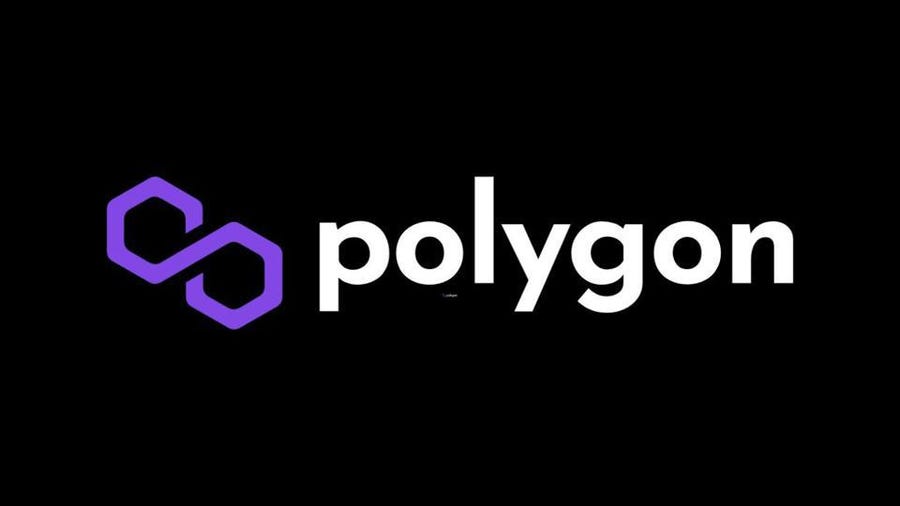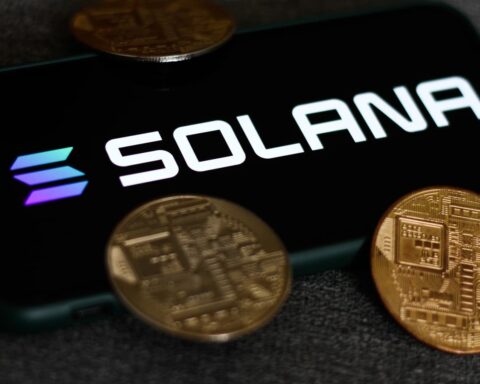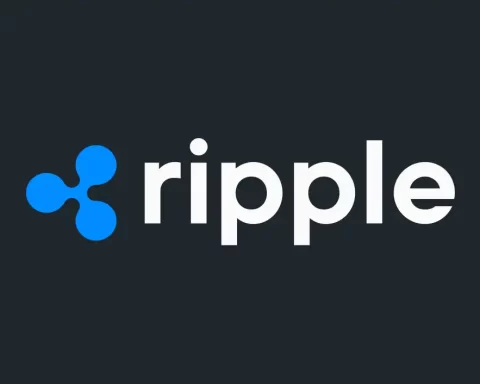Polygon Labs has unveiled its proposed architecture for the upcoming “Polygon 2.0” project.
The team has outlined four distinct layers that will interconnect to establish a web of networks, all ultimately linked through Ethereum.
If approved by validators, Polygon 2.0 will introduce an aggregator that facilitates near-instant and atomic bridge transactions.
Initially announced on June 12, Polygon 2.0 aims to establish the value layer of the internet; however, specific details were scarce at that time.
Co-founder Mihailo Bjelic later suggested on June 20 that upgrading the current Polygon network to incorporate zero-knowledge proofs would be crucial for aligning the existing network with the vision of 2.0.
In a blog post on June 30, Polygon Labs provided a more comprehensive overview of Polygon 2.0. The project’s foundation will consist of the staking layer that already exists.
This layer comprises a validator manager contract on Ethereum, along with a chain manager contract for each individual Polygon chain. New Polygon chains will be able to form in the future by launching new chain manager contracts on Ethereum.
The staking layer will connect to an interoperability layer, which will incorporate bridges linking each Polygon chain to one another through Ethereum.
The security of this layer will be ensured through the use of zero-knowledge proofs for validating all transfers.
Additionally, the interoperability layer will incorporate an aggregator that combines individual zero-knowledge proofs from each bridge into a single proof before transmitting it to Ethereum. This mechanism will enable seamless bridge transactions and significantly reduce Ethereum gas consumption required for proof verification.
The third layer of Polygon 2.0 will be the existing execution layer, which relies on the Erigon Ethereum client.
The fourth layer, known as the proving layer, will standardize the zero-knowledge proof process across all Polygon chains.
The team has promised to provide further details about each layer in the future.
Polygon is not the only network aiming to expand into a multichain ecosystem.
zkSync Era has announced plans to create a network of “Hyperchains” and aims to launch them on a testnet by year-end.
Optimism, in collaboration with Coinbase’s Base network, is also working on creating a “Superchain” and has recently implemented the “Bedrock” upgrade to facilitate this transformation.
Other Stories:
ASX Considers Listing Tokenized Real-World Assets
UK To Pass Law To Bring Cryptocurrencies Under Traditional Asset Regulations
ASX Considers Listing Tokenized Real-World Assets




